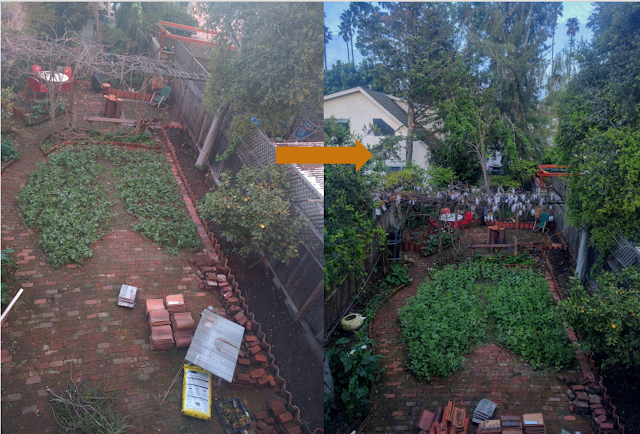
Sometime during your gardening career, you've likely missed picking a zucchini in time and it got all sorts of huge. And that zucchini with all its largeness isn't going to be as tasty as its smaller siblings. What to do? Zucchini bread is one of the best uses but I've struggled to really love a zucchini bread recipe, until now. I combined a few different recipe ideas and made a gluten free version to share. It's the best zucchini bread I've ever had--it was so good, half of it was already noshed before I could remember to take photos. Sorry. Not sorry.














